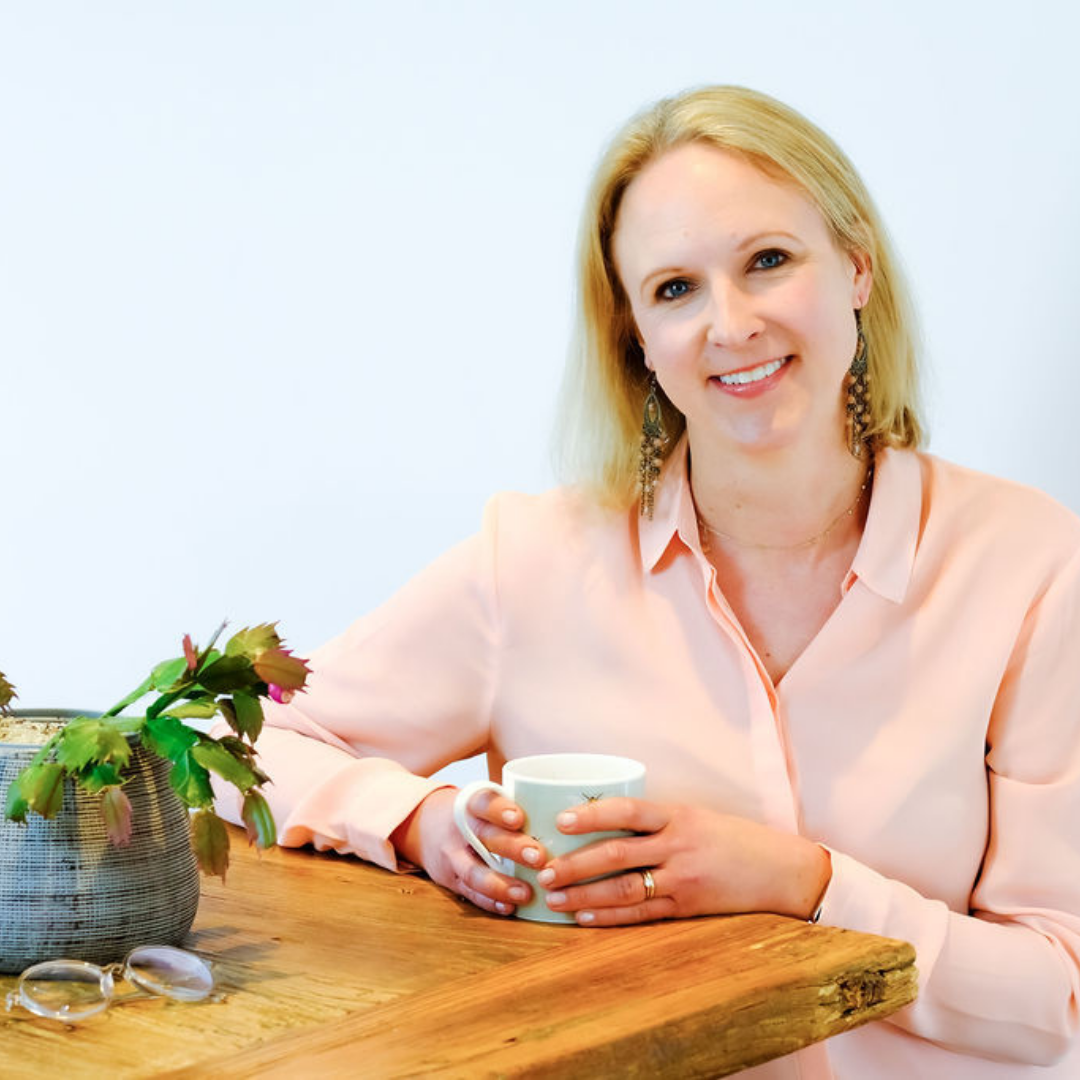Who are your major donors?

Who are your major donors and should you “follow the bling”?
I was in a major donor training session about 15 years ago when I first heard the phrase “Follow the bling!” We were being encouraged to discover potential major donors by considering who was driving an expensive cars, “flaunting” a lot of expensive jewellery or wearing that designer suit.
It didn’t sit well with me at the time, but what did I know? I was fresh out of my sales and marketing role at Unilever, new to the world of fundraising.
Now I look back and think “Seriously????!!!”
Of course, there can be outward signs of people’s wealth.
But I don’t ever use this phrase and really dislike it.
Why?
- For me, it “others” wealthy people.
- It assumes that those with wealth flash it and it treats them as walking wallets (rather than the individuals that they are who care about specific challenges society faces).
- It’s also just not true! There are high-net-worth individuals who spend a lot of money on status symbols who aren’t philanthropic and don’t tend to give much to good causes.
- I’ve also met countless philanthropists, and you might have too, that you could pass in a supermarket aisle and not have a clue that they were giving £200k+/year to a charity.
So below are a couple of stories that really prove how “follow the bling” is not just outdated but damaging to building relationships with our donors, alongside some practical tips that you can put into action today.
Remember, at the end of the day, high-net-worth individuals and major donors are just people! As illustrated by the brilliant philanthropist and author Lisa Greer below, in one of my free Summit Power Hours:
STORY 1: Wellies and Bikes!
“She volunteers at our annual cycle event as a marshall”
This was how a Hospice fundraiser started describing a major donor who donates £25k/yr.
I’ve worked in and with a number of Hospices across the UK over the past 10 years and I love that you have an opportunity in Hospices to build really wonderful connections, at the deepest level. Partly this is because so many supporters have a personal connection, through someone they love having hospice care. I ran the marathon nearly 14 years ago for the incredible Sue Ryder who cared for my Dad, and so have personally felt it. ❤
Despite the deep connection, it can still be easy to make assumptions about who your major donors could be. “The one who turns up to the ball every year and lives in the big house” can spring to mind.
This £25k donor who was being described to me? None of that.
She wanted to volunteer for the annual cycle event each year. She’d often turn up to help in her wellies and bog-standard coat when it was muddy – and they weren’t designer Hunter wellies, and the coat wasn’t tweed!
“Friendly, warm and down-to-earth” was how the fundraiser described her to me.
They then went on to say: “And you’d never know she was a major donor”
And that’s the crux of it I suppose.
Of course, there can be outward signs of people’s wealth. But if we insist on “following the bling” it’s easy to forget that your major donors are just people, like you and I.
Here’s that much younger me crossing the finish line in memory of my Dad – yes it was so long ago it was the Flora London marathon!

PRACTICAL TIP 1 BACK TO THE BEGINNING
Think of one of your major donors.
Do you know how and why they first started giving to your cause?
Yes? Excellent, use that to really tailor your thanks and updates to fit with their motivation and build connection.
If you don’t know you’re not alone. I coach fundraisers who’ve been working with major donors for years but don’t know how their donor first found out about the charity. Sometimes they don’t think to ask.
So why not pick up the phone to that donor?
Thank them for their support over however many years. Tell them a brief story that really shows the difference they’ve made.
And ask the question: “How did you first find out about us as a charity by the way? And what prompted you to give for the first time?”
You will likely find out more from this conversation than you will from 10+ emails back and forth.
And that can be the first step tailoring communication to a donor that builds a deeper connection and lifelong giving.
STORY 2: A portacabin, a farmer and a vest

On my Zoom screen I saw a messy desk and a porta-cabin style backdrop with scrappy pieces of paper pinned to a board. It was a few seconds before the donor I was going to be meeting came into view. A large, tall man, with a ginger beard wearing a not-so-white vest.
This was the major donor who’d agreed to speak to me about his giving as part of a consultancy project I was doing with a local charity he supported.
He was a farmer based in the UK.
His foundation gave over £250,000 each year to a handful of charities in the UK and internationally. He’d given over £100k each year to this local charity for 5 years.
What did I discover in that meeting?
- That he cared deeply about the local community and wanted to continue his relationship with the local charity.
- That he gave overseas to a charity he felt helped those in the most need, because he was outraged and saddened by the widening gulf between the richest and the poorest in the world.
- That not all heroes wear capes. And not all donors wear bling……
…at the end of the day, major donors are individual people, just like you.
But the world of wealth can feel tricky to navigate and it’s easy to have all kinds of preconceptions about people with money that can really hamper you getting to know them.

Louise Morris is the Founder of Summit Fundraising. She is a major donor fundraising specialist and has worked with over 200 charities helping them raise large gifts.
PRACTICAL TIP 2 DONOR WORD ASSOCIATION!
Think of all the donors you’ve met in the past year and write down one or two words that first come to mind for each of them.
- Kind, caring?
- Humble?
- Generous?
- Understated?
- Welcoming and warm?
- Cold, abrupt?
- Overbearing?
- Showy, ostentatious?
- Rude?
Now read through the whole list and highlight all the positive words. What you’ll most likely see scanning through the list now is that the positive words are nearly the whole list! With just a few negatives in there.
This is a way of letting go of any negative donor experiences and impressions. Sometimes a few negative experiences can form stereotypes of major donors that just aren’t true. E.g. major donors are rude, major donor donors won’t want to hear from us.
It can also be a pretty uplifting exercise to remember those great relationships and that your donors do care! Enjoy!
If you want help identifying major donors for your cause, or building the skills and confidence to have more major donor conversations, arrange a chat here.

Louise Morris is the Founder of Summit Fundraising. She is a major donor fundraising specialist and has worked with over 200 charities helping them raise large gifts.
